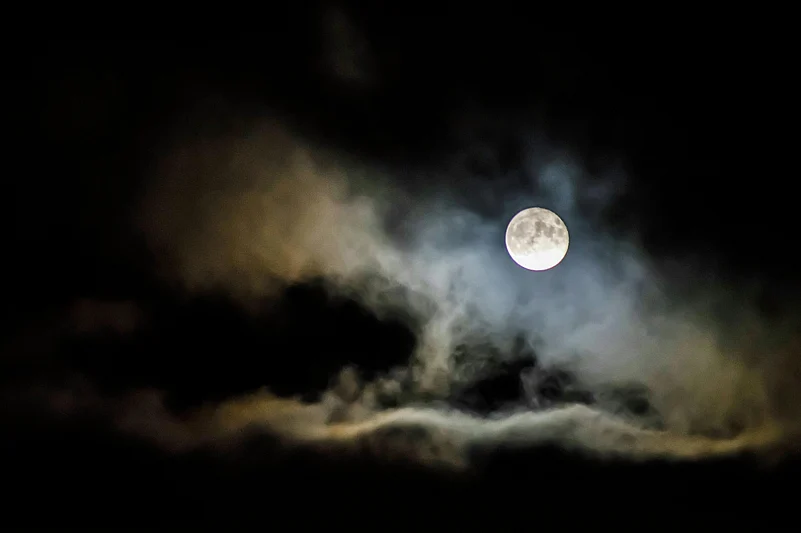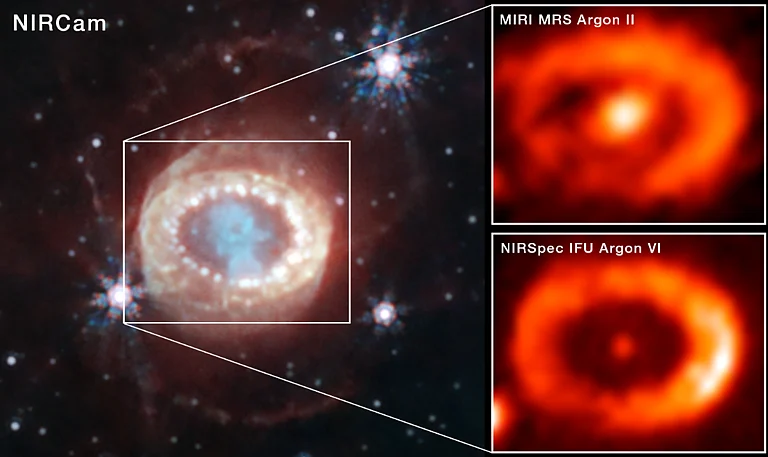Attention, astronomy enthusiasts: The full moon in February, known as a micromoon, will be visible from Thursday evening until Sunday morning, as stated by NASA.
The Snow Moon, February's full moon, is set to reach its peak illumination at 7:30 a.m. ET on Saturday, as confirmed by NASA. The Old Farmer's Almanac provides precise moonrise times tailored to different ZIP codes across the United States.
While a telescope or binoculars can enhance the viewing experience by magnifying the moon and revealing details on its surface, they are not necessary to observe the full moon. NASA recommends simply stepping outside and gazing up at the sky. It's advisable to consult local forecasts for specific details on the clarity of the night sky.
What makes February's full moon a 'micromoon'?
February's full moon is classified as a micromoon due to its position in orbit. Unlike supermoons, which happen when the moon is closest to Earth during its full phase, a micromoon occurs when the moon is farthest from Earth while still being full. The distance between the moon and Earth typically ranges from approximately 221,457 miles to 252,712 miles.
According to NASA, the moon will reach apogee, its farthest point from Earth in orbit, on Sunday morning, occurring just a day after the full moon peaks. Due to its distance, February's full moon will be the smallest of the year, as noted by the astronomy website EarthSky. This full moon in February will be the sole micromoon of the year.
Why is February's full moon called a Snow Moon?
The name of February's full moon, the Snow Moon, is often derived from seasonal factors, historical references to crops, and the behaviors of certain animals. According to the Old Farmer's Almanac, it is believed that the Snow Moon designation originates from the typically heavy snowfall experienced during February.
Additionally, February's full moon is associated with various other names linked to animal behaviors, such as Bald Eagle Moon, Ojibwe Bear Moon, Raccoon Moon, Groundhog Moon, and Goose Moon. It is also referred to as the Month of the Bony Moon and Hungry Moon due to historical accounts of food scarcity during this time of year.
The Snow Moon is the last full moon of winter.
Spring's first full moon is on its way! Spring officially begins on March 19, a few days ahead of the Worm Moon, which will shine brightest on March 25. This year, March's full moon is also referred to as the Paschal Full Moon, signifying the first full moon of the spring season.




























